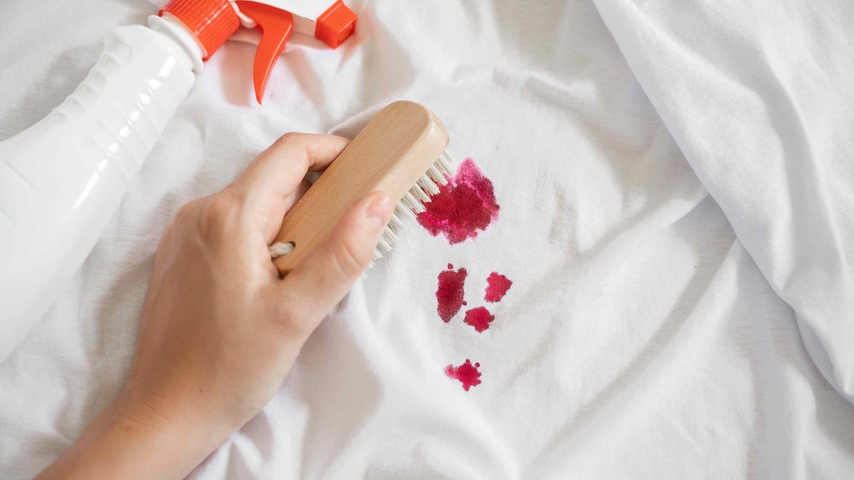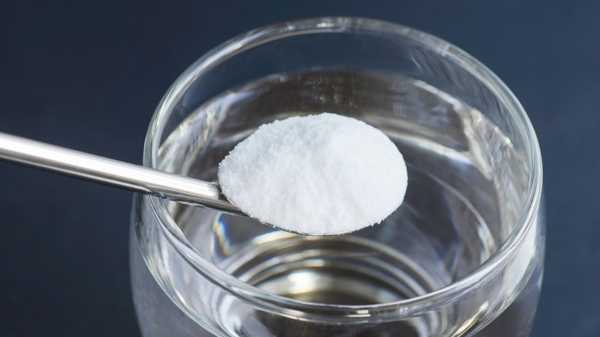Ultimate Guide: Effective Methods to Remove Blood Stains from Bed Sheets
Discover effective methods to remove blood stains from bed sheets. Quickly reclaim your bedding with these practical tips and techniques.
Blood stains on bed sheets are an unfortunate yet common problem many individuals face at various times. The causes are varied—small injuries, menstrual flow, and even nosebleeds can lead to these unsightly marks. The immediate significance of removing these stains efficiently cannot be overstated, as delays can allow stains to set in, making them increasingly difficult to eliminate. Clean bed sheets are vital for hygiene and contribute significantly to a restful sleeping environment, which is crucial for overall well-being.
Knowing how to tackle blood stains effectively is essential for homeowners and renters alike. Armed with the right techniques and knowledge, you can restore your bedding to its original pristine condition and mitigate the chances of future stains. This guide delves into various effective methods for eliminating blood stains from bed sheets. Additionally, it provides practical preventive tips to ensure your linens remain fresh and clean. Prepare to reclaim your bedding from the clutches of stubborn blood stains as we explore practical solutions that promise a more inviting sleep space.

Quick Tips for Immediate Action
Quick action is essential to prevent permanent markings when a blood stain appears on your bed sheets. Here are some immediate steps to consider:
1. Act Quickly: Immediate stain treatment will make removal significantly easier.
2. Use Cold Water: Rinse the stained area under cold running water immediately. Hot water can worsen the situation by setting the stain, while cold water keeps the blood from bonding with the fibers.
3. Blot, Don't Rub: Gently blot the stain using a clean cloth or paper towel. This method will absorb the blood without pushing it further into the fabric, unlike rubbing, which can lead to deeper embedding of the stain. Always work from the outer edges toward the center to minimize spreading.
4. Repeat if Necessary: Continue rinsing with cold water until you observe noticeable improvement.
By implementing these quick tips, you can effectively manage blood stains on your bed sheets, paving the way for more thorough cleaning methods later.
These immediate actions are vital for preserving your bedding and establish a solid foundation for effective stain removal techniques.
Step-by-Step Blood Stain Removal Techniques
Blood stains can be particularly stubborn and unsettling, especially on cherished bedding. Below are five effective methods for tackling these unwanted stains and ensuring that your sheets remain clean and inviting.
1. Using Cold Water
Using cold water is among the simplest yet most effective means of addressing fresh blood stains. Begin by immediately placing the stained part of the fabric under cold running water. Aim the water through the back of the stain to push the blood out of the fibers rather than burying it deeper by rubbing. Keep the water flowing over the stain for several minutes, diluting and lifting the blood from the sheets. If any remnants of the stain remain, consider soaking the area in a bowl of cold water for about 30 minutes before moving to more advanced cleaning methods. Avoid hot water, which can exacerbate the situation by setting the stain.
2. Salt and Cold Water Paste
If the stain persists despite rinsing, creating a salt paste can be an effective solution. To do this, mix approximately four tablespoons of salt with enough cold water to form a thick paste. Apply this mixture directly onto the blood-stained area, ensuring complete coverage. Allow the paste to rest for about 30 minutes, enabling the salt to effectively draw out the blood. Gently scrub the area using a soft cloth or sponge while rinsing with cold water. Exercise caution by not applying too much pressure, which can damage the fabric. Rinse thoroughly to eliminate all salt residue, and allow the fabric to dry naturally.
3. Hydrogen Peroxide Method
For older or particularly stubborn blood stains, 3% hydrogen peroxide may be a valuable asset. Start by testing a hidden section of your sheet to ensure the hydrogen peroxide won't bleach or damage the fabric. Once verified, pour a small quantity of hydrogen peroxide directly onto the stain. Allow it to bubble and fizz for about 5-10 minutes as it breaks down the blood's proteins. After this time, gently blot the area with a clean cloth to help lift the stain, followed by thorough rinsing under cold water. This method is especially effective for white or light-colored sheets due to the bleaching effect of hydrogen peroxide.
4. Baking Soda Solution

Another useful method involves leveraging a baking soda solution. Mix a thick paste with four tablespoons of baking soda with a quarter cup of cold water. Apply this solution to the stained area, ensuring the stain is fully covered. Allow it to sit for no less than 30 minutes before trying to blot the stain away with a cloth. Once you see the stain starting to lift, rinse the area thoroughly with cold water until all baking soda residue is gone. Not only does this method assist in stain removal, but it also neutralizes any lingering odors caused by blood.
5. Store-Bought Stain Removers
Should home remedies fall short, commercial stain removers may be necessary. Products explicitly designed for blood stains, such as Zout or OxiClean MaxForce, often prove effective. To utilize these, carefully follow the instructions provided on the packaging. Typically, you will apply the product directly onto the stain, allowing it to sit for the indicated time before laundering the sheet in cold water. Always pay careful attention to the care label of your bedding to ascertain compatibility with the stain remover, thus ensuring the fabric remains undamaged. These commercial products function as quick and effective solutions for handling persistent stains.
Utilizing these five detailed blood stain removal techniques can help you maintain the cleanliness and integrity of your bed sheets, ensuring that they look fresh and inviting once more.
Tips for Preventing Blood Stains
To minimize the risk of blood stains on your mattress and linens, it is highly recommended that you invest in a high-quality mattress protector. These protectors create a waterproof barrier that guards against spills and stains, keeping your mattress clean and hygienic. Ensure the protector is made from breathable materials to maintain comfort while offering efficient protection.
When handling sharp objects—scissors or kitchen knives—exercise extreme caution. Accidents can happen instantly; always cut away from your body and securely store sharp tools when they are not in use. Such simple habits can significantly curb the likelihood of injury.
Additionally, it is wise to plan ahead during menstrual cycles or activities that could lead to injuries. Use menstrual cups or extra-absorbent pads to safeguard your bedding from potential stains. When treating cuts or scrapes, apply a bandage to prevent blood from leaking onto fabrics. Keeping a kit equipped with essential first-aid supplies can facilitate immediate treatment of injuries, thereby reducing the chances of leaks that result in blood stains. These preventive tips will empower you to protect your bedding and mattress from annoying blood marks.
Practical Solutions for Everyday Issues
Timely and effective dealing with blood stains on bed sheets is essential for preserving their quality and cleanliness. The longer the blood remains on the fabric, the more challenging it becomes to eliminate these stains. Through experimentation with the various methods outlined in this guide, readers can discover the best strategies for their unique circumstances. Whether opting for immediate cold water rinses, utilizing hydrogen peroxide, or selecting commercial stain removers, acting promptly ensures your bedding stays fresh and hygienic. Don't hesitate to explore different techniques until you identify what most effectively restores your sheets!







